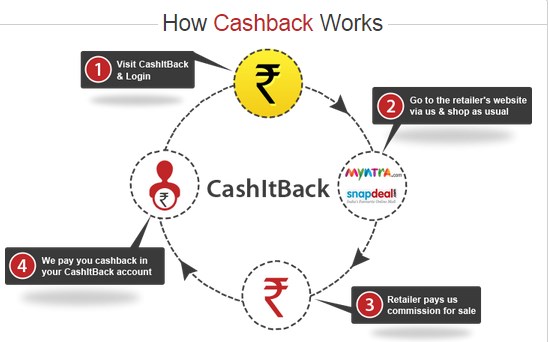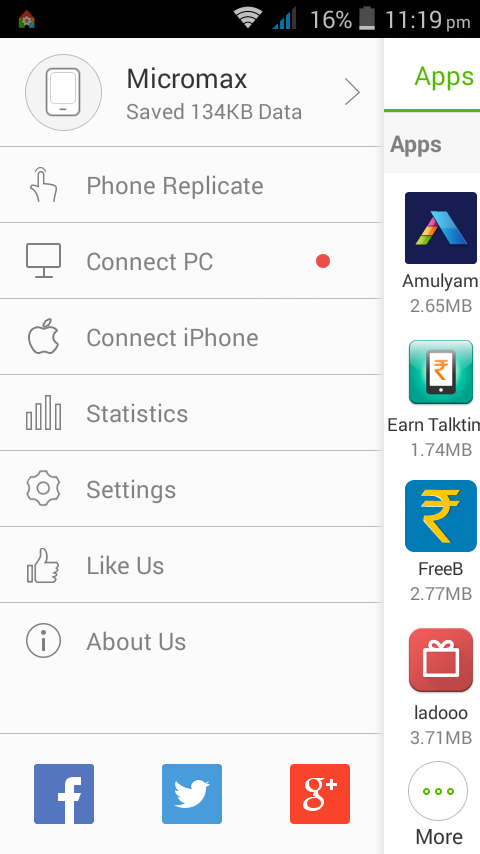What Are The Types Of Blockchain?
Share
You can find four types of blockchains. Private blockchains, Public blockchains, Hybrid blockchains and Consortium blockchains. Public blockchains networks allow anyone to read and write data, making them public. Consortium blockchains are a group of people who can gain access to the contents of a blockchain, making the network private. Click this image below to start your bitcoin journey.
Private blockchains are Data on these systems that certain people can only access. The blockchain is the main component behind cryptocurrencies, especially bitcoin. It’s a digital ledger that records and validates all transactions using cryptography, creating a secure, immutable record of information.
Public Blockchains
Public blockchains are a technology that allows anyone to participate in the validation of transactions. In other words, it’s a kind of distributed database that is replicated across multiple computers.They are open blockchains that are permissionless systems that allow anyone in the world to join.
There’s no single user or small group in charge because anyone can participate and contribute to the network by running a node or two nodes for double-checking, so all transactions are verified cryptographically. It has open user authentication. Anyone may join a public blockchain and transact, provided they follow the protocol rules and pay the transaction fee.
It provides a ledger of transactions shared by all nodes on the network. Anyone can read a public blockchain, but only authorized nodes can write to it and validate transactions. A public blockchain is a blockchain that anyone can read or write to for example, Bitcoin. Public blockchains are an essential concept in the blockchain technology world.
Private Blockchains
Private blockchains are permissioned and use case-based access control to determine who can participate in the blockchain. It is a network of computers that use a distributed ledger to record transactions on the network. Private blockchains typically use some method of “consensus,” such as Proof of Work or Proof of Stake, but do not make all transactions publicly available for anyone to see.
It is created to run on a single computer. This can be a large computer or a small company. It is used by companies inside its circle only. It takes time to set up, so it is mostly chosen by big corporations that handle huge amounts of data and require security.
Hybrid blockchains
Hybrid blockchains are the next generation of blockchain technology. They combine the benefits of permissioned and permissionless systems in a single platform. It allows businesses to set their own rules while still benefiting from the transparency and decentralization that make blockchain revolutionary.
It combines two or more consensus algorithms to ensure the network is resilient and secure in its operations. Hybrid blockchains are a new type of blockchain. They combine the security of public blockchain transactions for everyone, and the privacy of private blockchain transactions is invisible to everyone except the parties involved in a transaction.
Hybrid blockchains come in many forms and have varying names, but the main reason to create a hybrid blockchain is to combine the best features of both centralized and decentralized networks. They also exist in another form, such as federated blockchains where one group hosts all participants’ hashes, like in IOTA.
Consortium blockchains
They are a group of distributed organizations that use a single, shared ledger to track transactions. These groups generally maintain strict membership policies, with a high level of consensus required for anything written to the blockchain.
Consortium blockchains are made up of some participants in a private network who interact with themselves and the public. It eliminates any need to trust each other, which is required in permissioned blockchains.
They are permissioned networks of nodes. They use a centralized consensus algorithm known as “Proof of Authority” to reach consensus. A consortium blockchain is a private chain, usually with a predetermined set of nodes. This type of blockchain allows for participation by only specific nodes on the network.
Final Words
Many industries are exploring blockchain technology, but do you know the difference between them? Here we have told you the four types of blockchain. Several types of blockchains can be categorized along two axes, public-private key cryptography and consensus mechanism.






